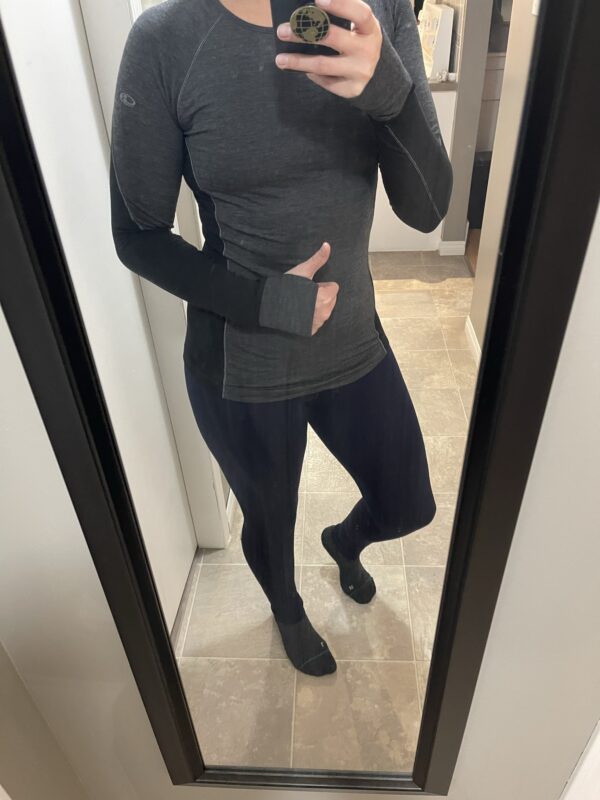Despite the word “base”, meaning “bottom”, you should definitely wear underwear beneath a base layer or thermal.
Choosing to forego your normal underwear might be a personal preference, but isn’t overly hygienic. Wearing underwear beneath your base layers will absorb the moisture instead, and prevent your base layers from getting worn out prematurely.
However, the type of underwear you choose can also play a role in the enjoyment of your activities.
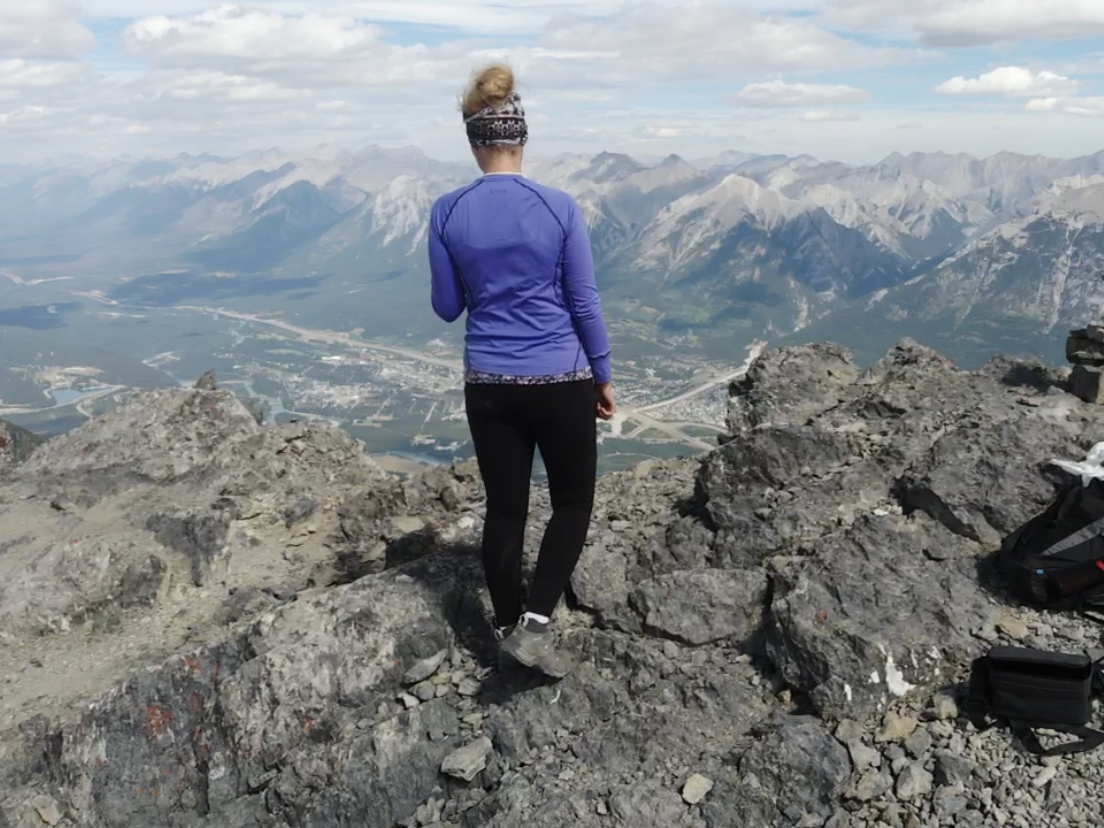
Underwear Beneath a Base Layer
There are many benefits to wearing underwear beneath a base layer, though some people may still choose to forego the protective garment for a few reasons.
It is important to know why you should wear underwear beneath a base layer, and also the types of fabric that can influence the outcome of wearing underwear beneath a base layer.
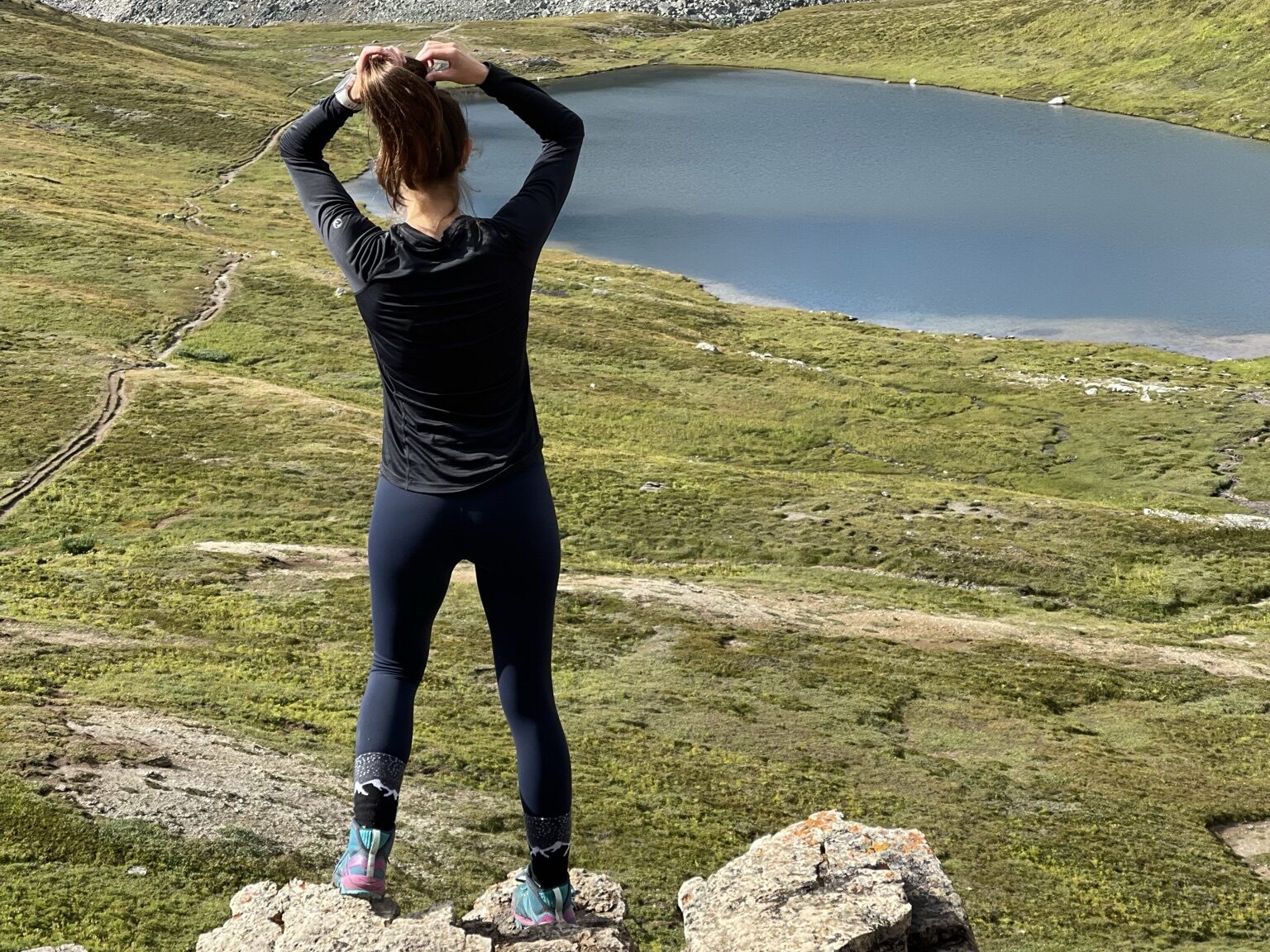
5 Benefits to Wearing Underwear
The benefits to wearing underwear beneath your thermals or base layers are much the same as why we wear underwear for normal daily activities.
1. Hygiene
Underwear is an excellent barrier to keep germs out of our genital areas.
Dirt and bacteria from the outside environment are prevented from entering the genital area. As well, underwear protects our clothing from becoming soiled with sweat and secretions from the genitals.
Wearing a comfortable pair of underwear that is intended to wick sweat and secretions away from the genital area can decrease the chances of infection.
Wearing underwear that is changed and washed often is the more hygienic choice.
2. Comfort
Most of us are used to wearing underwear for daily activities. It is a feeling we are used to and find comfort in, knowing that we have an additional barrier between our private parts and the environment.
Wearing a comfortable moisture-wicking pair of underwear during vigorous activity, such as hiking, can keep moisture out of the genital area, ensuring we can continue being active, comfortably, for longer periods of time.
3. Decrease chafing, rubbing, & irritation
Having tight-fitting clothing (like a base layer), sit against your genitals without the barrier of underwear can cause some pretty nasty sensations, especially when you’re working out.
The material of the base layer might rub in places you’re not used to, causing sore spots or acne.
As well, the center seam on pants aligns with the natural midline of the genital area, leaving fabric to go places it was never intended.
Underwear provides a natural barrier for this rubbing and the irritation that is caused as a result.
4. Support
One of the main purposes of underwear is to hold things in place.
Bras hold breasts close to the body, which prevents uncomfortable bouncing and movement sensations, particularly with vigorous activity.
Underwear can also provide support and comfort to testicles, decreasing uncomfortable sensations in the nether-regions as well.
Base layers aren’t intended to provide this function. Therefore, wearing underwear beneath base layers gives you the support and comfort you’re used to.
5. Protects against leakage
Genitals are known for leakage – be it discharge or bladder drippage.
Wearing underwear catches these secretions, and prevents them from being absorbed by the fabric of your base layer.
Wearing underwear prevents the base layer from getting worn out prematurely, and also prevents the base layers from becoming soiled and smelly.

3 Reasons Someone Might Forego Underwear Beneath a Base Layer
1. Personal preference
Some individuals might find underwear uncomfortable in the first place.
There are some people who prefer to not wear underwear in their day-to-day life, and therefore find it uncomfortable to wear underwear beneath a base layer.
This is simply personal preference, and is a valid option. However, I’d recommend laundering base layers after a single use if this is the case, and packing multiple base layers for longer trips where washing clothes is not a possibility.
2. “Panty lines”
Many of us are familiar with the dreaded “panty lines” that ruin our outfits.
Panty lines are when the outline of your underwear is visible through your clothing, usually because the clothing is tight on your skin.
This may prevent someone from wearing underwear, if they are worried about adventure partners seeing the outline of their underwear.
It may also prevent someone from removing layers down to their base layer if they are concerned about the appearance.
I recommend finding some low-profile underwear, such as seamless options, thongs, or fabrics that sit flush against the skin if this is the case. Thin layers to place on top of base layers to hide panty lines and keep you from overheating might also be a viable option.
(For more information on how tight base layers should be, check out my article here!)
3. Possible “jock itch” or yeast infections
If the wrong kind of underwear is worn, sweat and secretions might be held against the genitals instead of wicking them away.
When moisture is kept against the genitals, infections can occur, such as “jock itch” and yeast overgrowth (both fungal infections).
If an individual is prone to these kinds of infections and has concluded that avoiding underwear allows for air circulation and prevents these infections, they may be wary about wearing underwear beneath a base layer, particularly when they know they’re going to sweat.
If this is the case, I recommend looking into fabrics such as cotton and merino wool for your underwear that help to pull moisture and sweat away from the skin. This should decrease the moisture in the genital area.

Types of Underwear Fabric Beneath a Base Layer
Wool or Synthetic
Synthetic fabrics (such as polyester), and wool fabrics (like Merino) are the best underwear for hiking and exercise in general. These fabrics are the ones you should select to wear underneath your base layers.
Wool or synthetic underwear is meant to wick moisture away and dry quickly, touting all the benefits listed above.
Although expensive, if you’re looking to increase comfort and decrease irritation while maintaining genital hygiene, these are the fabrics you should look for and select when wondering what to put under a base layer or wear hiking in general.
“Period Panties”
Period panties are underwear that is intended to replace menstrual products, such as pads and tampons. It is usually made of a microfiber polyester.
Period panties are actually an excellent choice for wearing underneath a base layer or working out in.
Because the main function of this underwear is pulling moisture away from the genitals, it will work the same, regardless of whether the moisture is caused by menses or sweat.
This moisture-wicking property will keep you dry and comfortable for longer, allowing for a more comfortable and longer workout.
Cotton
Cotton is the second-best choice for underwear fabric to wear under base layers or while exercising, behind merino wool or polyester.
Cotton is a more breathable fabric, allowing more airflow to moisture-prone areas of the body, decreasing the risk of infections.
However, the drawback to cotton underwear is that once it becomes soiled or saturated with moisture, that wetness simply sits there, increasing the risk of irritation, chafing, and infection.
If cotton underwear is worn underneath a base layer and your activity is quite vigorous, consider bringing a second pair to change into if your underwear becomes completely saturated. This gives you the benefits of the breathability without the risk of moisture sitting against the skin.
Silk / Lace / Lycra / Specialty Fabrics
Unfortunately, most of the underwear that is designed to be seen isn’t known for it’s moisture-wicking abilities.
When these fabrics get wet, the moisture simply sits there, creating an environment for bacteria to thrive in, and causing irritation to skin that comes in contact with this wet fabric.
Avoid underwear made of these fabrics for wearing underneath base layers.
If appearance of your underwear is important to you, or consider bringing a cute pair of underwear to change into, keeping the activity low to avoid sweating.

If You Wear Nothing Beneath a Base Layer
Some people choose to leave the underwear at home and wear nothing beneath their base layers.
Base layers are intended to lay flush against the skin to wick moisture and retain heat, and the argument can be made that putting underwear or another layer between your skin and the base layer prevents this from happening.
However, multiple layers of fabric trap heat to your body, so underwear made of the same beneficial material as your base layer (merino wool or synthetics) will also wick the moisture away while actually maintaining more heat.
Although I personally wouldn’t recommend going “commando” (without underwear) beneath a base layer, some people opt to for personal preference.
3 Benefits of Wearing Nothing Beneath a Base Layer:
1. Comfort
Some people simply find underwear uncomfortable.
If you aren’t used to wearing underwear in your daily activities, you might not like the feeling of wearing underwear below a base layer or while exercising.
If you find wearing underwear uncomfortable, you might choose to wear nothing below a base layer.
However, I’d recommend trying different sizes and styles to see if there is a type of underwear you find comfortable to wear underneath base layers for the benefits listed above.
2. No Panty Lines
If you’re wearing base layers as your only layer, you might not enjoy wearing anything below a base layer if you’re concerned about the outline of your underwear showing.
Wearing nothing underneath your base layer ensures a close fit without the unsightly lines caused by undergarments
It’s not often that people wear base layer pants or long-johns as their only layer while adventuring outside. However, bras can also cause lines and “fat-rolls” around the chest area.
If you’re concerned about the appearance of your underwear beneath base layers, try different sizes and styles, or consider wearing layers on top of your base layer. If these aren’t an option for you, you might forego wearing underwear below your base layer.
3. Less Laundry
Simply put, not wearing underwear below your base layer means you’re not putting your underwear (sometimes multiple sets) through the laundry.
Underwear can be delicate and expensive to risk damage in the wash, and this might be a consideration when choosing what to wear below a base layer, especially when base layers are meant to absorb sweat and moisture anyway.
If the amount of laundry to do is a concern, you may choose to wear nothing below your base layer.
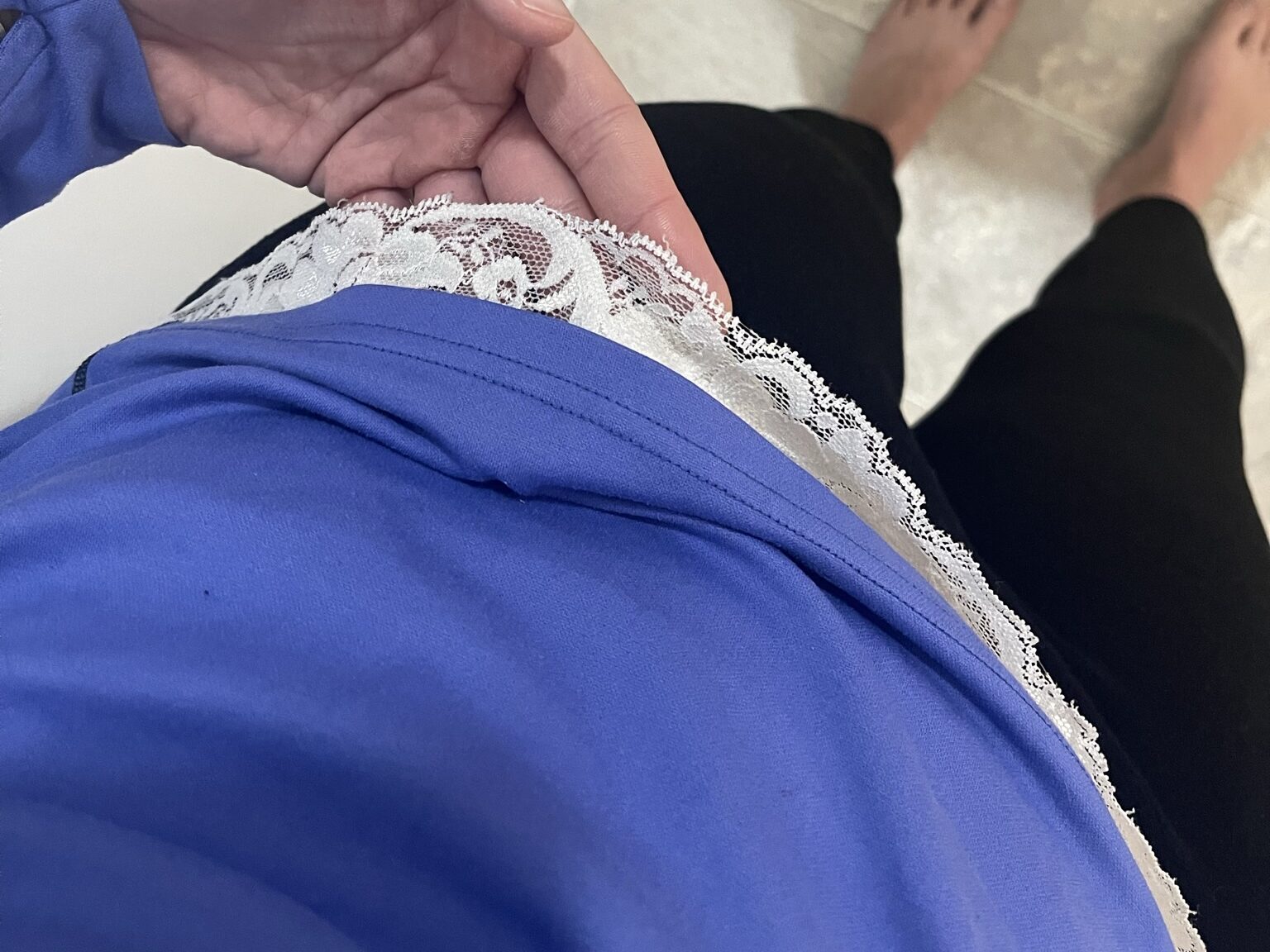
3 Negatives of Wearing Nothing Beneath a Base Layer
1. Premature Wear
If you don’t wear anything beneath your base layers, the moisture, sweat, and secretions from your genital areas will be absorbed directly by the base layer.
These areas produce more heat and moisture than other areas of your body, causing the areas of the base layers laying next to your genitals to be worn out quicker than surrounding areas.
Choosing to wear nothing beneath your base layers will likely result in needing to replace them sooner than you had intended.
Smell and Staining
Additionally, genital fluids and secretions often have more odor to them, as well as a pH that is more acidic than the sweat that is produced by the rest of your body.
This can lead to staining of the base layer fabric, which may or may not be visible from the outside of the fabric.
The smells that are produced by these areas of your body can also permeate the fabric and be difficult to remove, even after laundering.
Likely, if you choose to wear nothing beneath your base layer, they will require more frequent washing which will also wear down the fabric more quickly over time.
2. No Support
Underwear is intended to provide support to areas of your body that need it, while base layers do not perform this function.
If you do not wear underwear beneath your base layers, you might find it uncomfortable to perform vigorous activities.
In particular, bras support breast tissue while men’s underwear supports testicles while engaging in activities. These properties are not built into base layers, so foregoing the underwear might make it uncomfortable for the user.
3. Hygiene
When going “commando” or without underwear, it is recommended that you don’t wear tight fitting clothing. Tight-fitting clothing will rub more against the genitals, particularly when they are wet with moisture.
Because base layers are inherently intended to be tight-fitting, it is not recommended to forego the underwear beneath your base layer.
The usual alleged benefits of going “commando” (without underwear), such as increasing genital breathability, increasing sperm count, and decreasing infections don’t necessarily apply when the clothing next to your genitals is also tight.
Underwear not only provides a layer to protect your clothes from your genitals, but it also provides and additional barrier from bacteria entering your genital area from the environment.
It is more hygienic to wear underwear beneath a base layer than to wear nothing beneath a base layer.
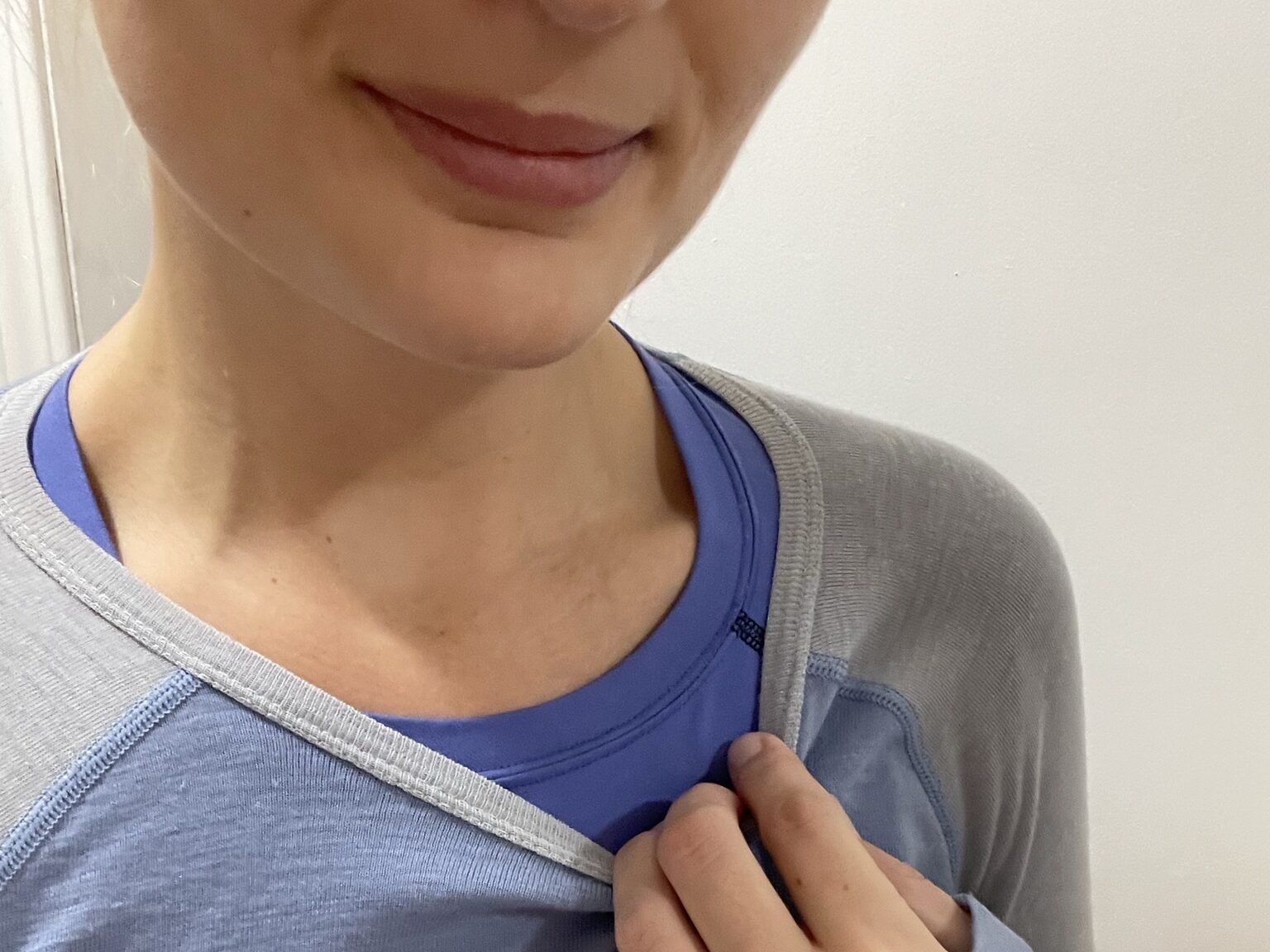
If You Wear Clothes Beneath a Base Layer
“Base” layers are intended to be the “bottom” layer of clothing. In essence, choosing any clothing to wear beneath a base layer defeats the purpose of the base layer.
If you choose to wear t-shirts, undershirts, spandex, or other garments below your base layers, the base layers won’t be able to wick sweat off the skin appropriately, therefore holding moisture against the skin and cooling you down, thus risking heat loss.
The first exception is wearing underwear beneath a base layer, and even then it is recommended that you wear underwear made of the same material as your base layers (merino wool or synthetics) to maintain the base layer properties.
The second exception is wearing a base layer below a base layer.
Wearing a base layer below a base layer increases the moisture-wicking properties of the fabric while creating layers for air to be trapped and maintain heat. This can be very beneficial in extreme cold conditions.

